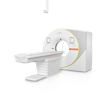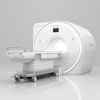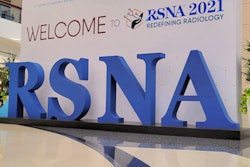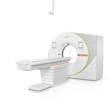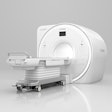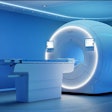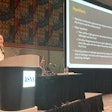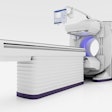A group at the Technical University of Munich (TUM) in Germany included a total of 100 patients in the study. Patients with a COVID-19 infection who underwent a chest CT were included if they had a score of 4, 5, or 6, according to the COVID-19 Reporting and Data System (CO-RADS). Subjects with a medically indicated chest CT without any pathologic lung changes formed the control group.
All participants underwent a dark-field chest x-ray exam. Four independent readers then rated the dark-field images in random order for the presence of COVID-19 in different lung zones.
For the quantitative analysis, each subject's COVID-19 CT index was calculated and tested for correlation with their mean dark-field signal per lung volume (dark-field coefficient) and with the sum of CT ratings (total CT score). According to the findings, the dark-field coefficient was negatively correlated with both the CT-based COVID-19 index (r = -0.24, p = 0.02) and the total CT score (r = -0.36, p < 0.001).
"The detection and visualization of COVID-19 pneumonia in dark-field images is consistent with the localization in CT images. Hence, dark-field imaging provides capability for the assessment of COVID-19," noted Henriette Bast of TUM, who will present the research.

